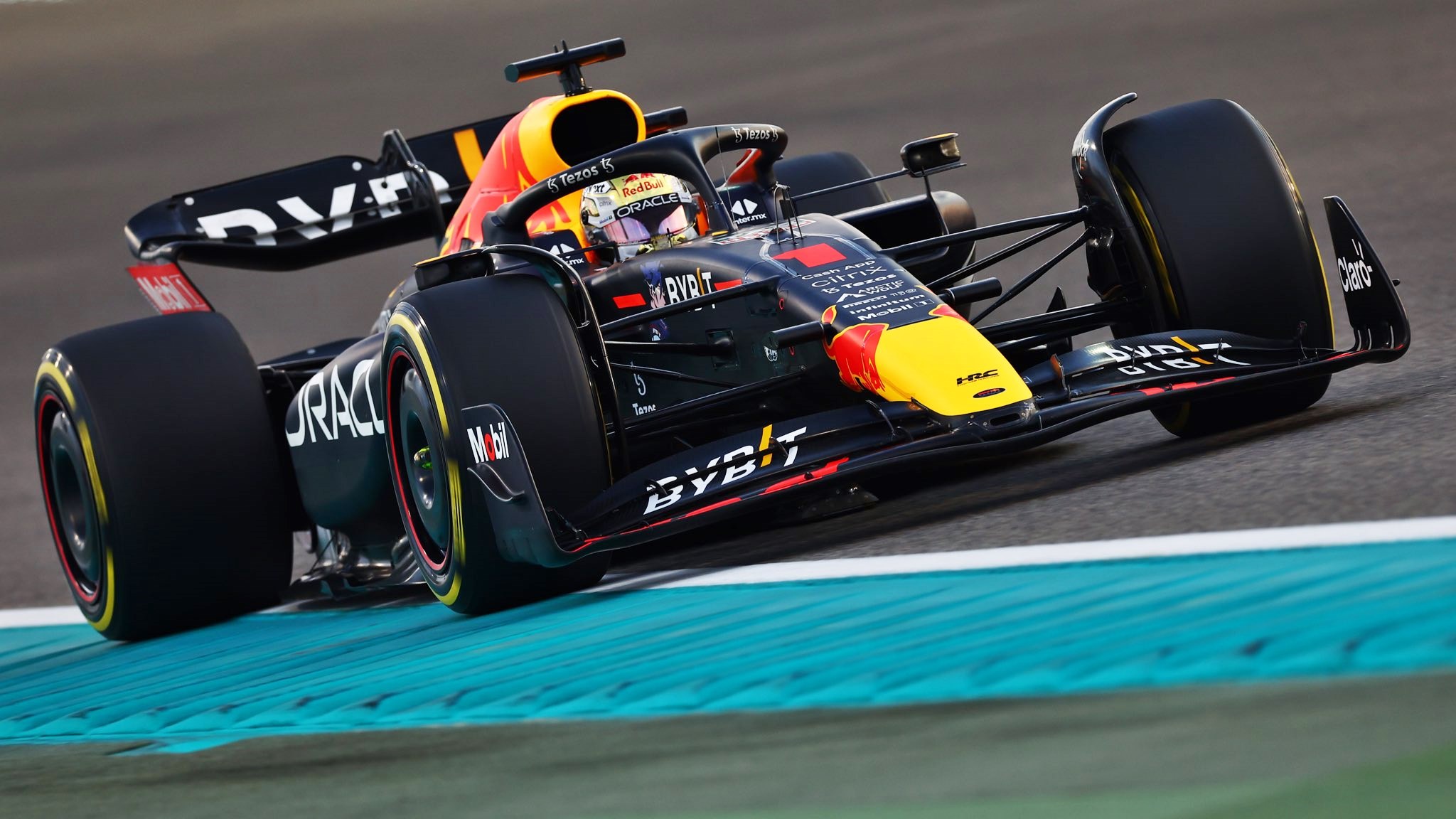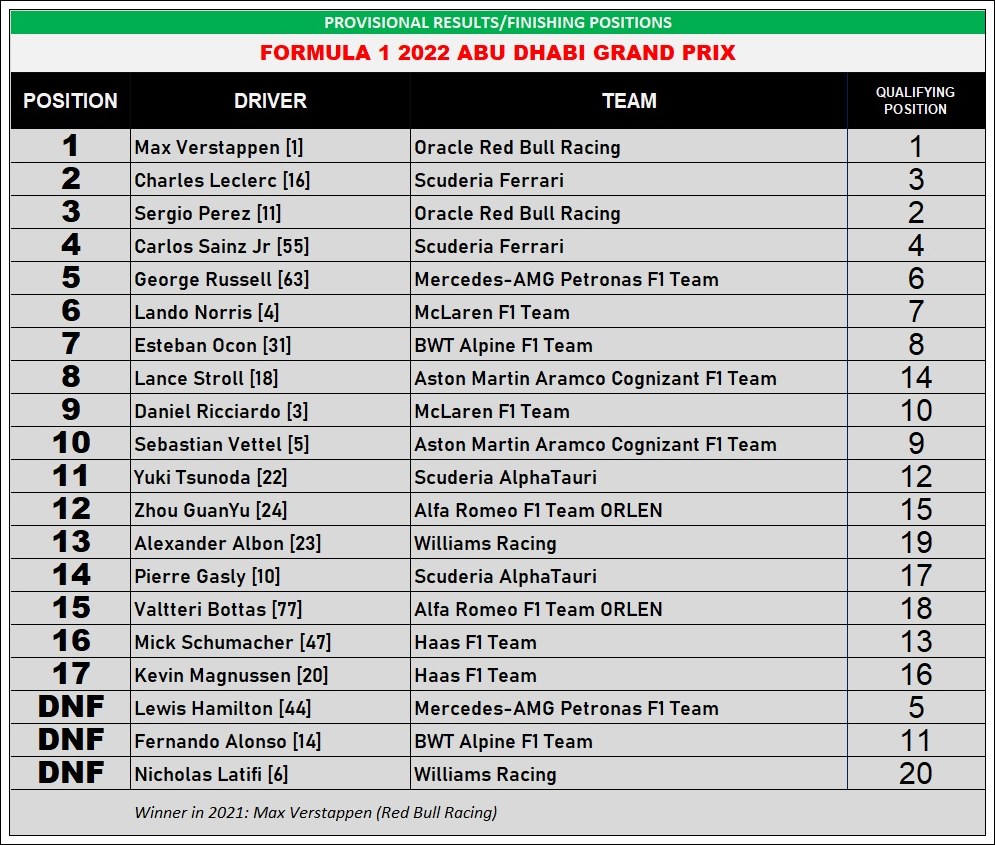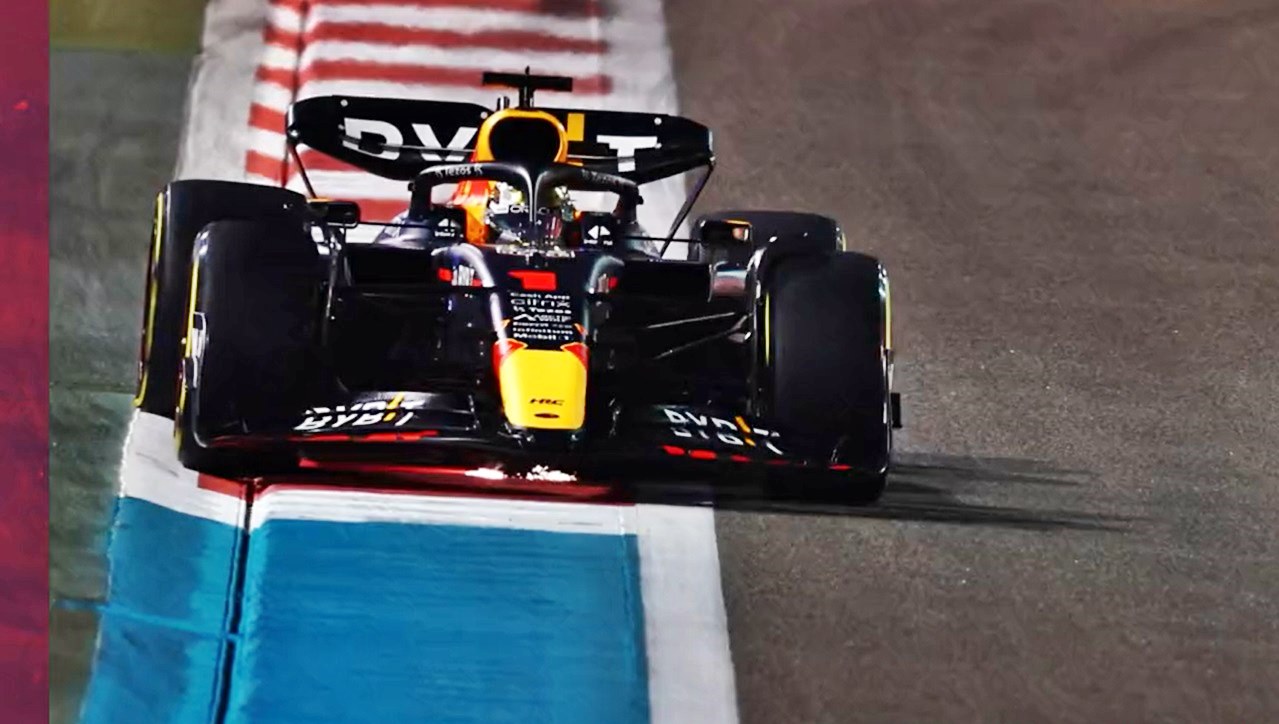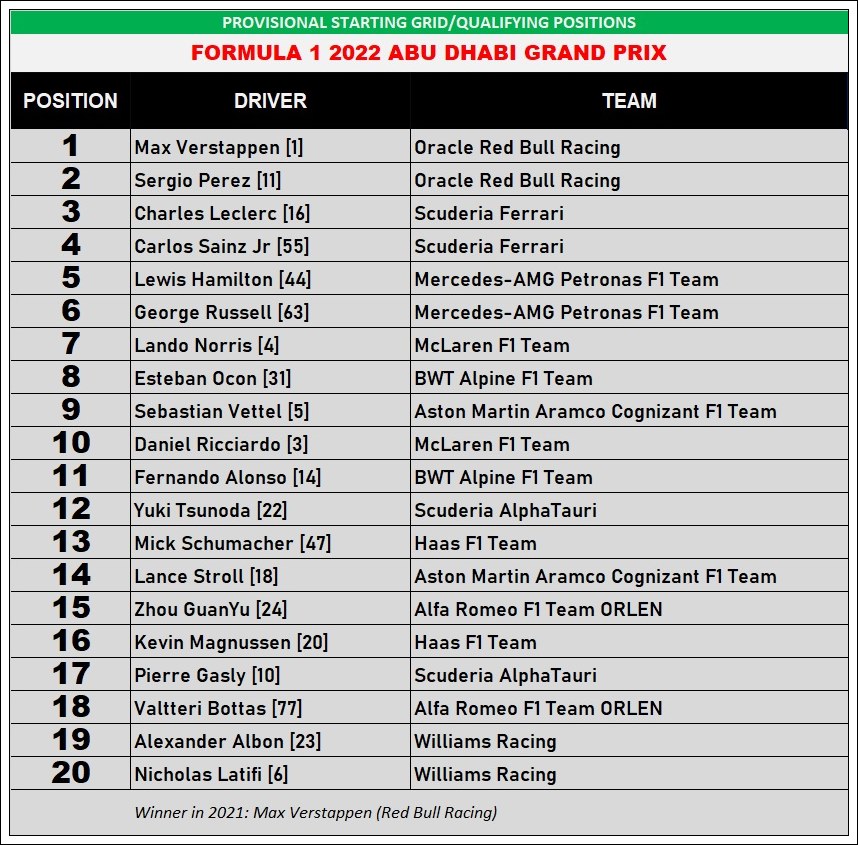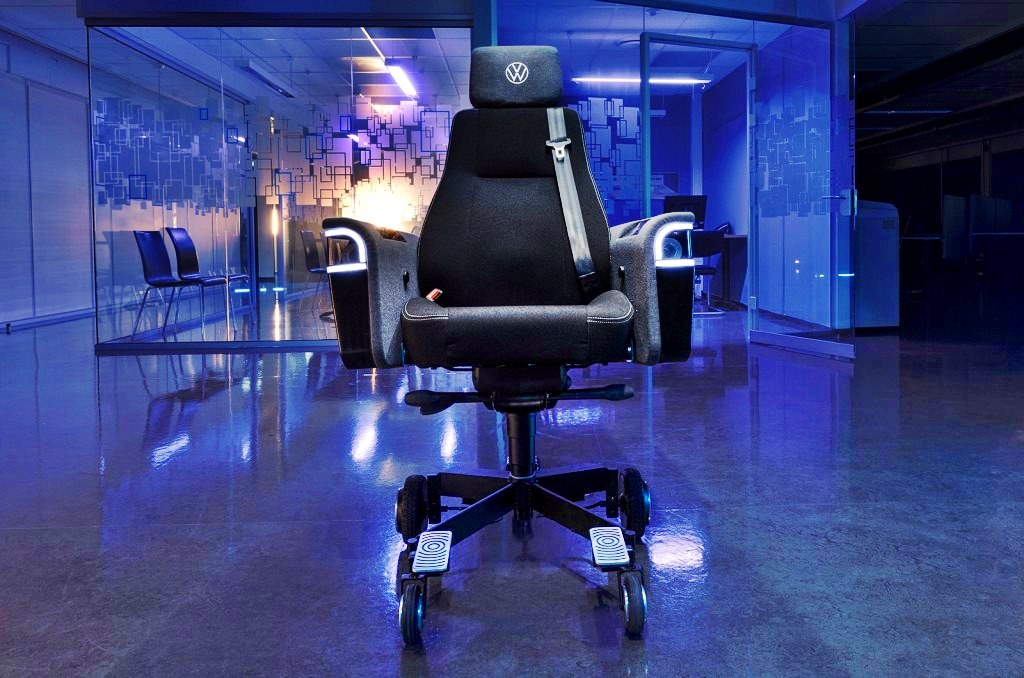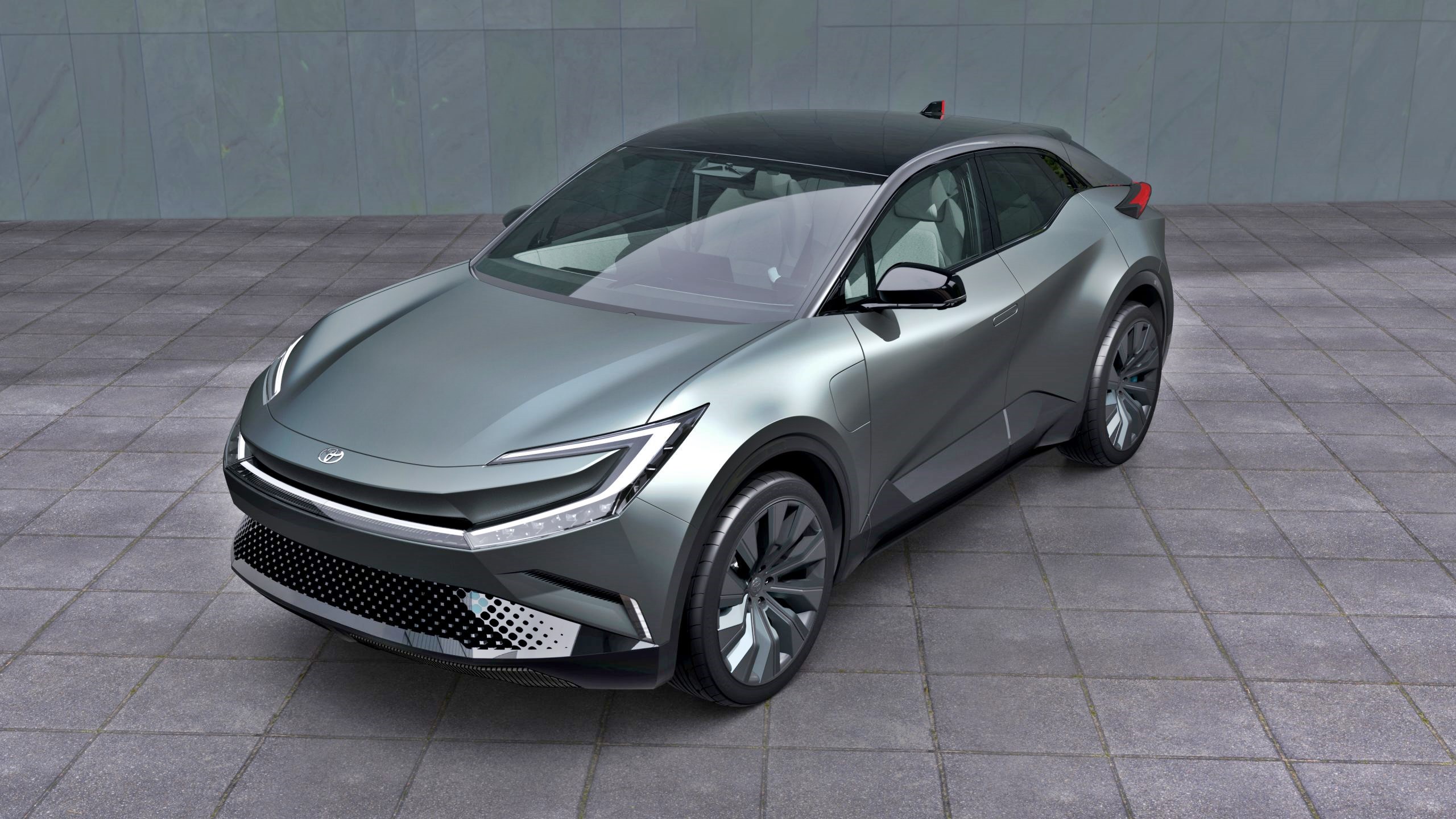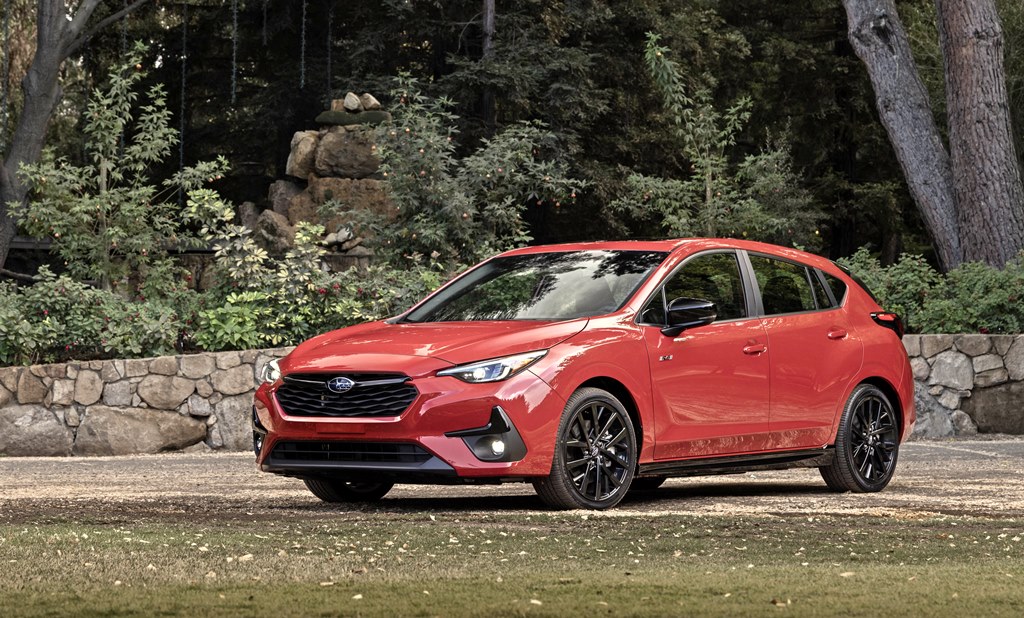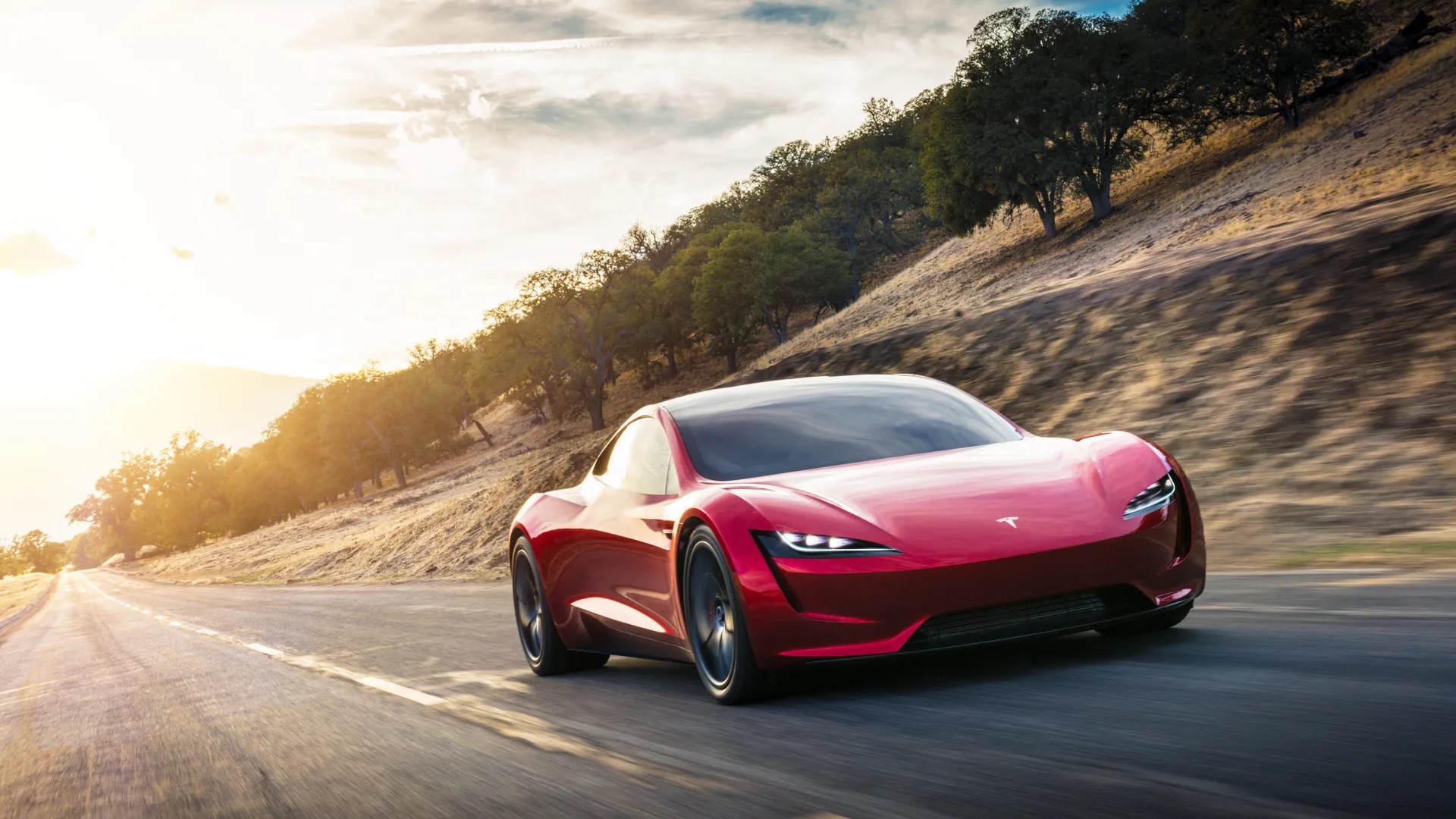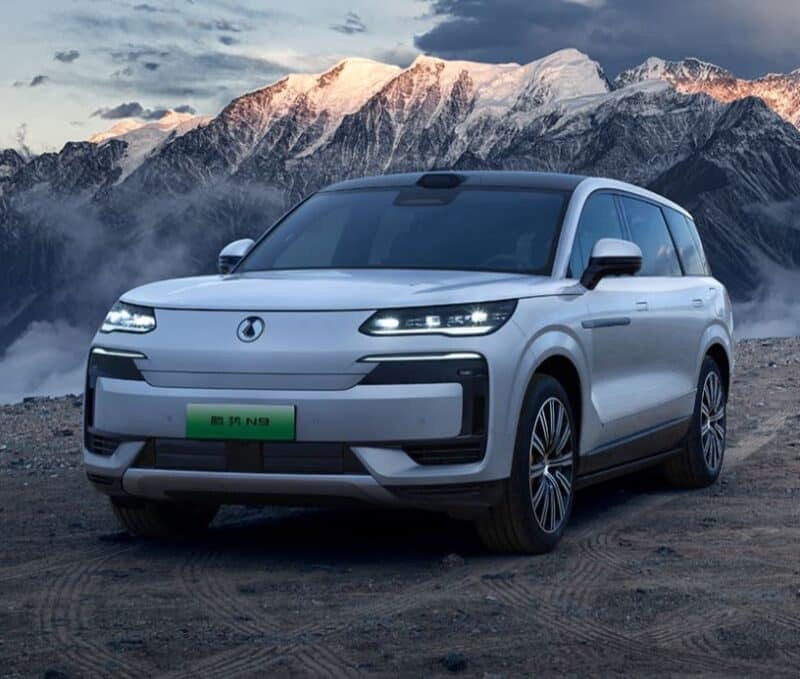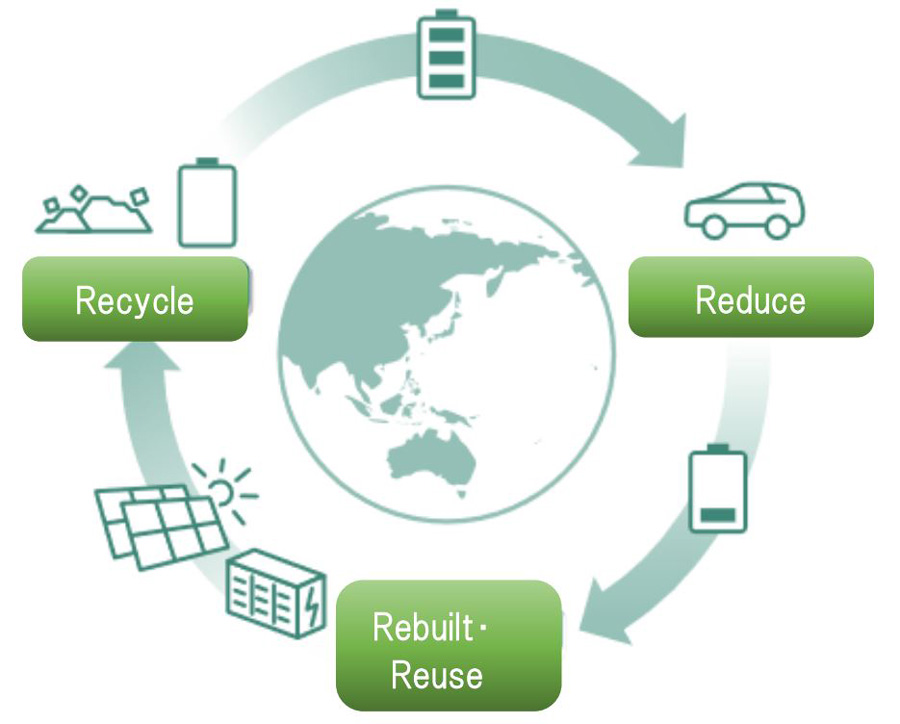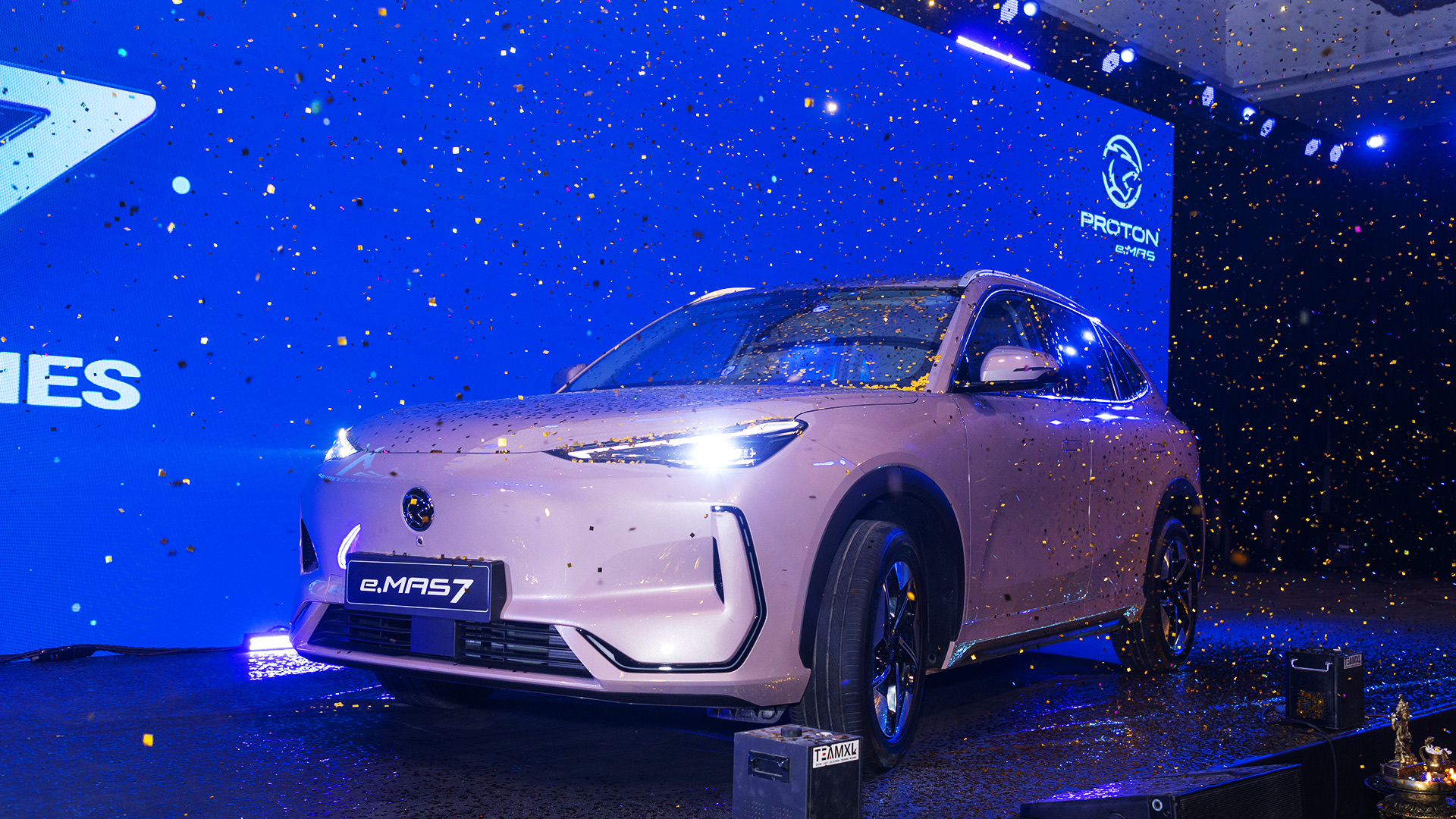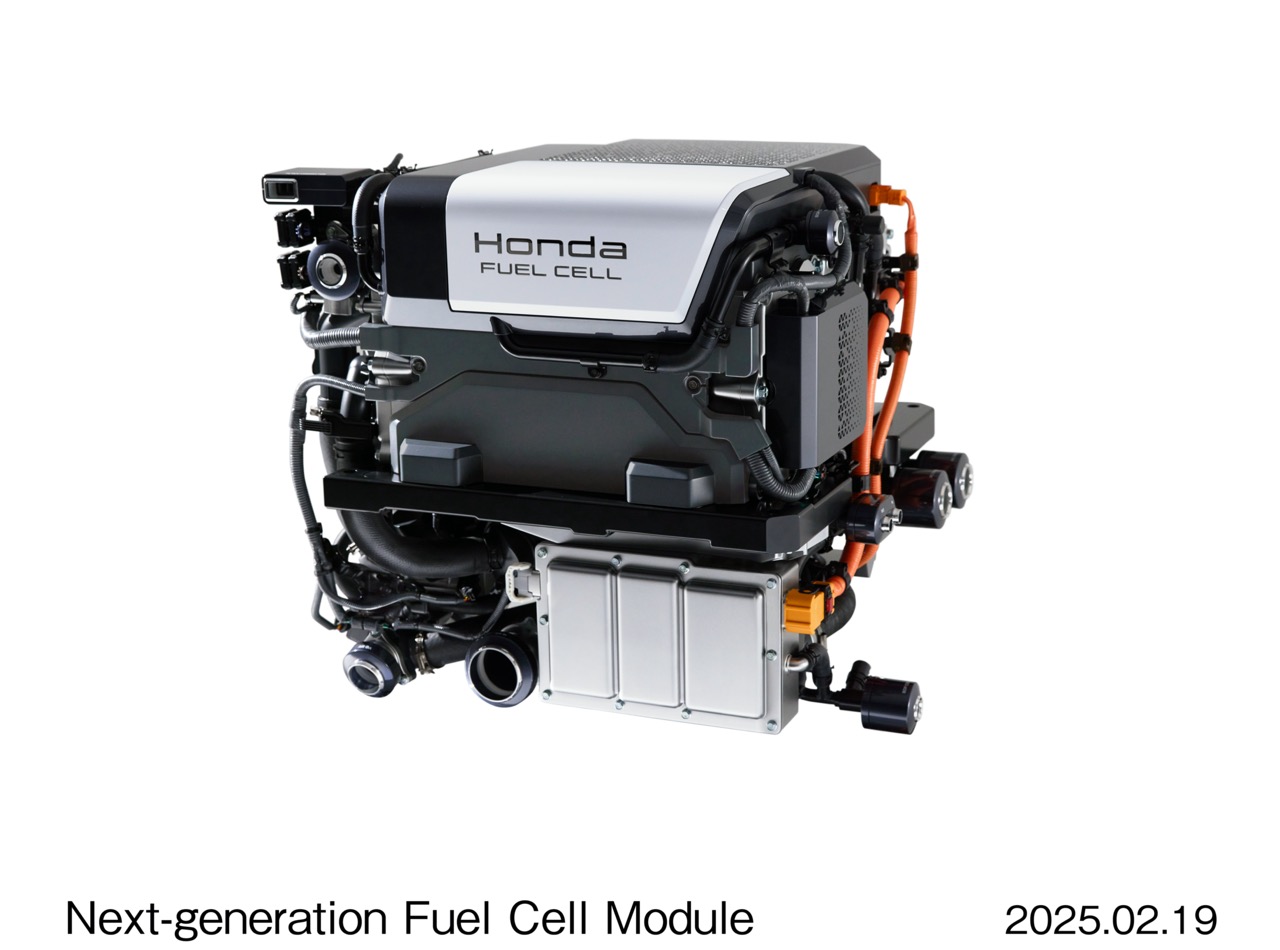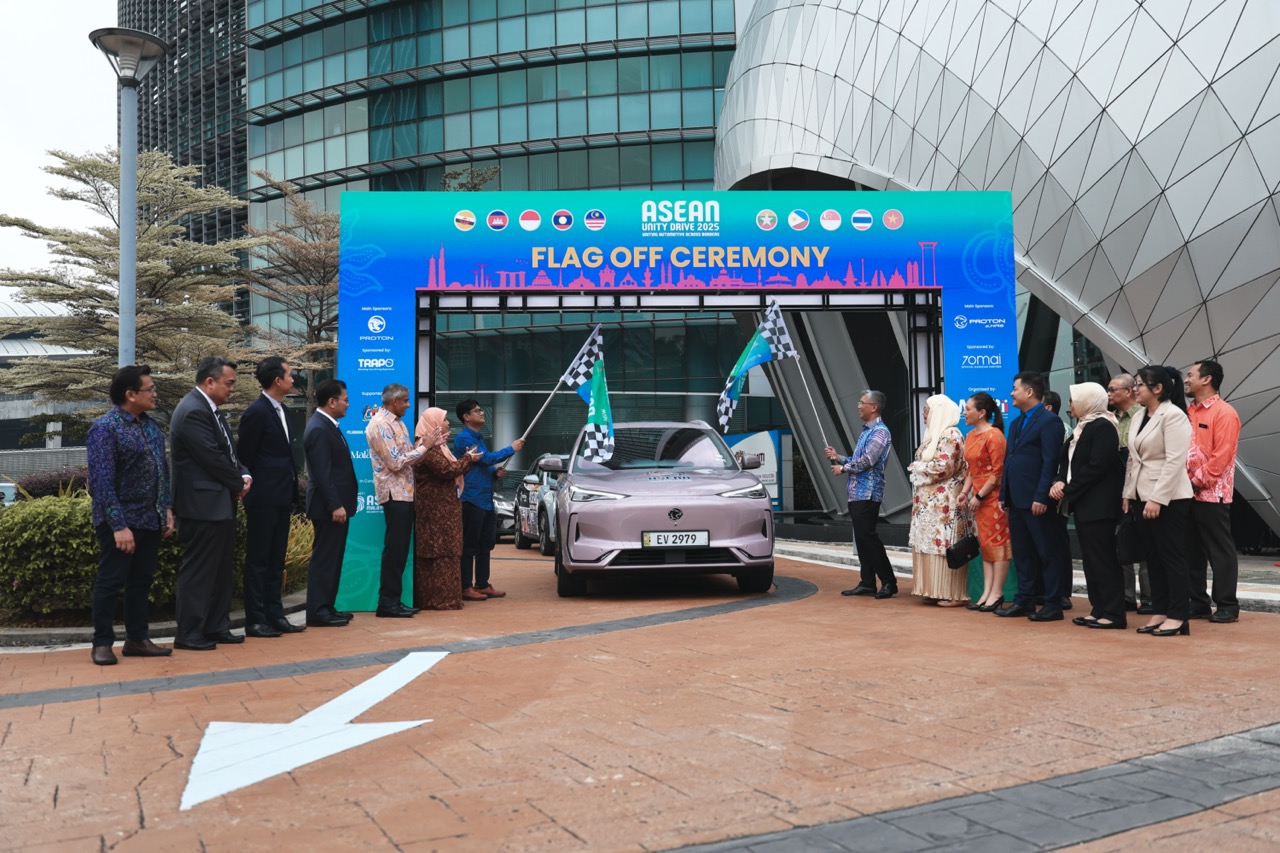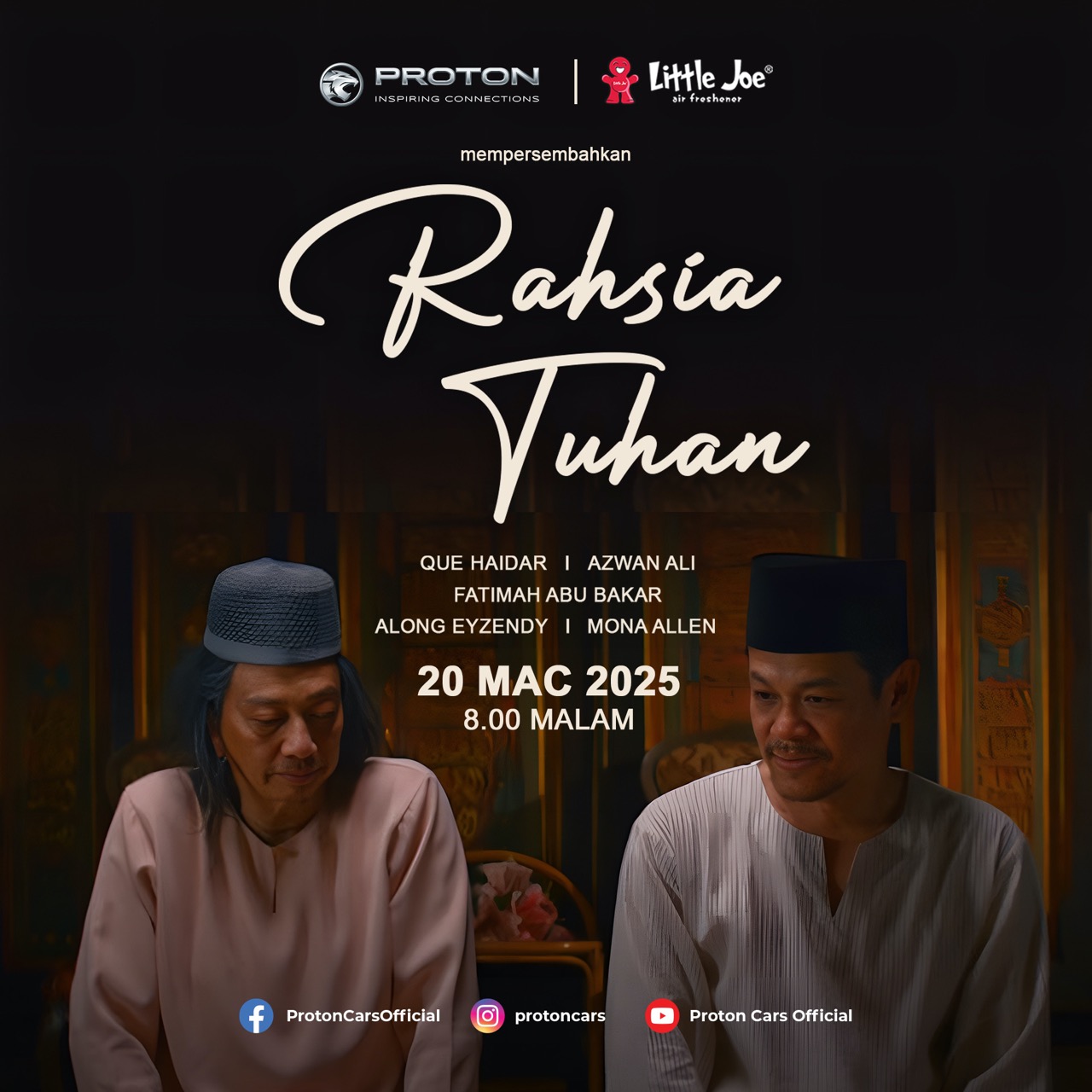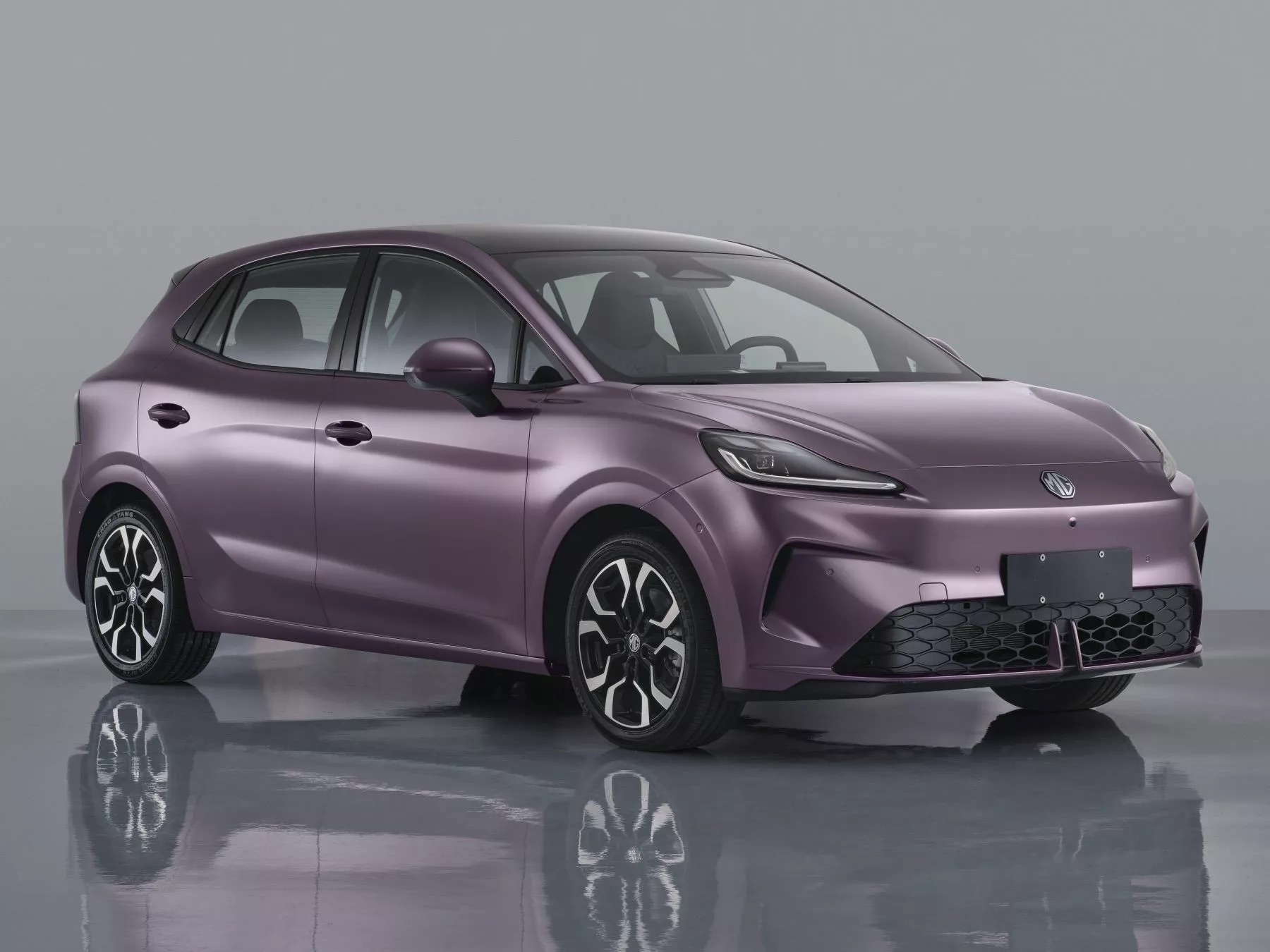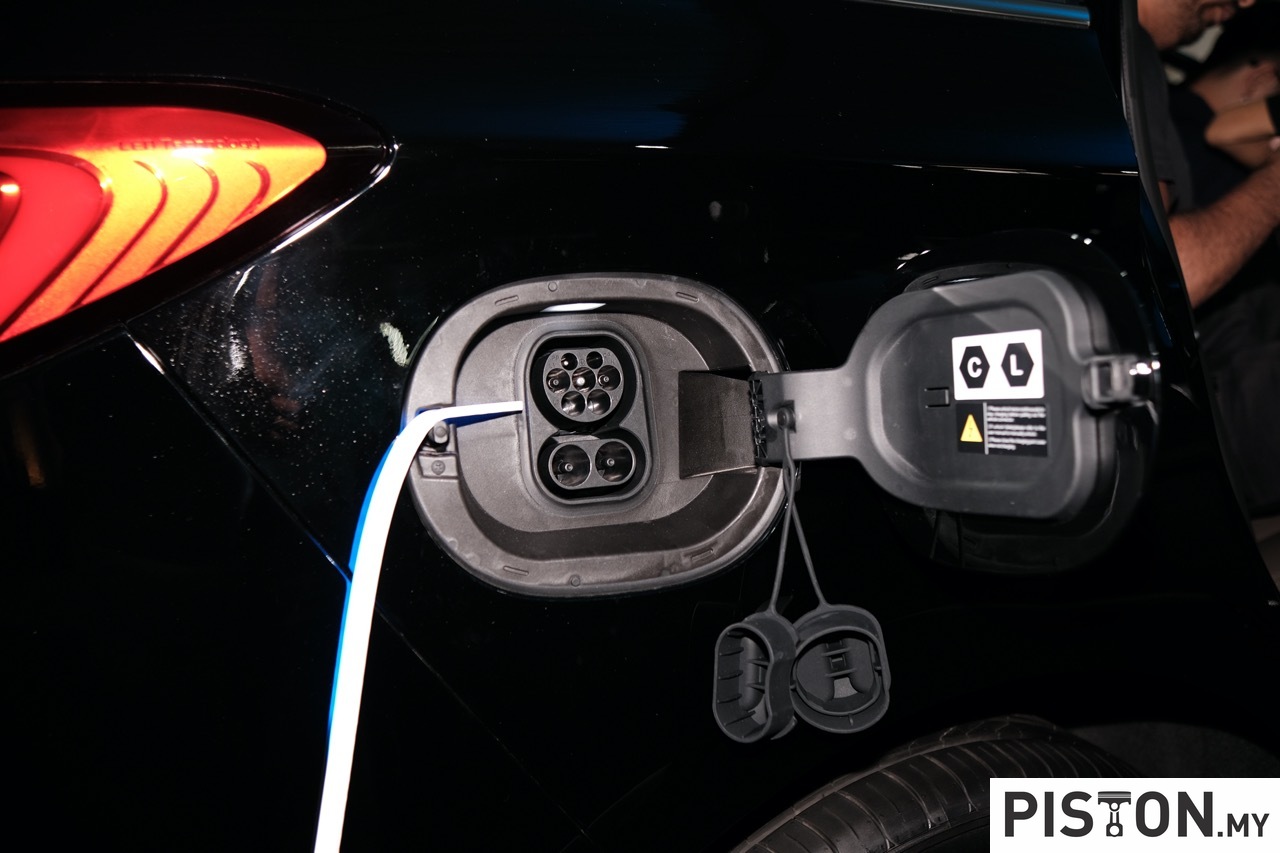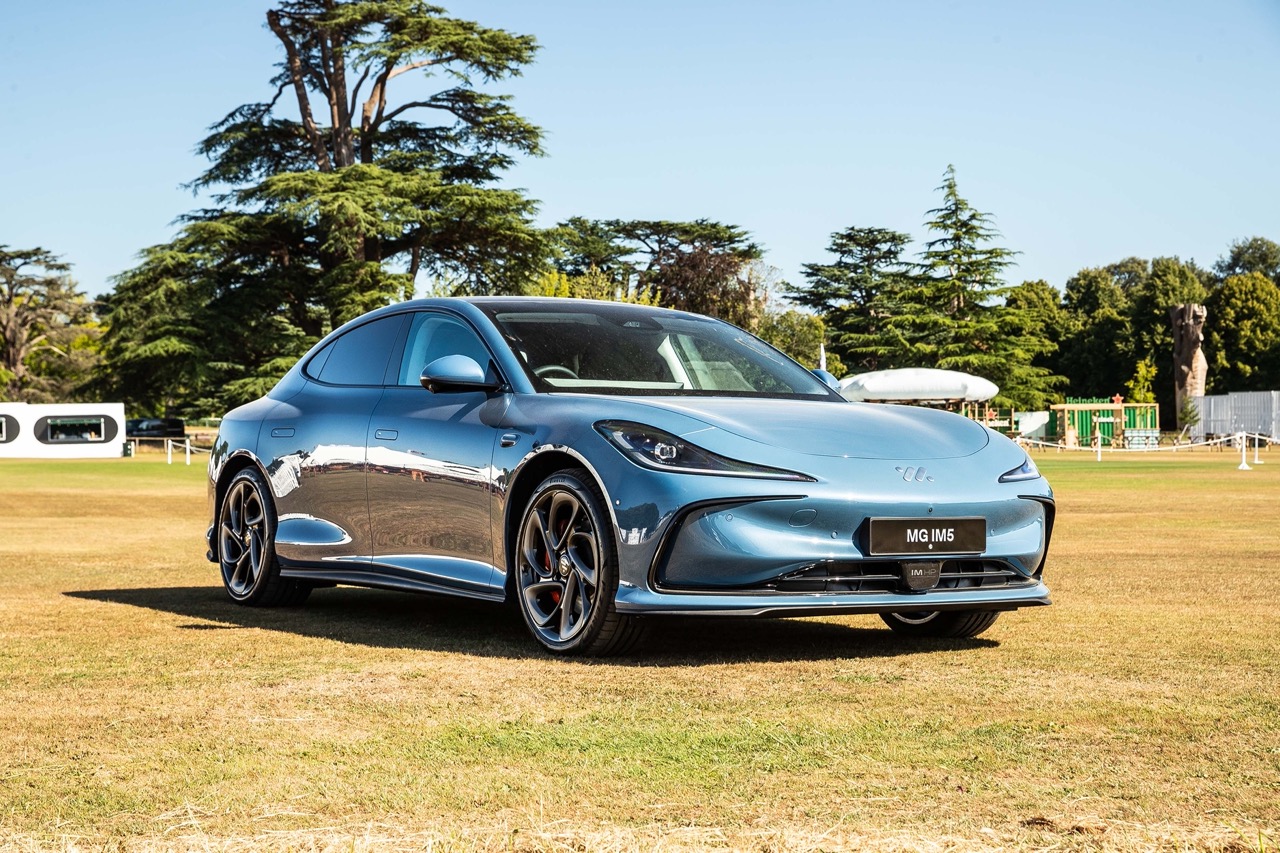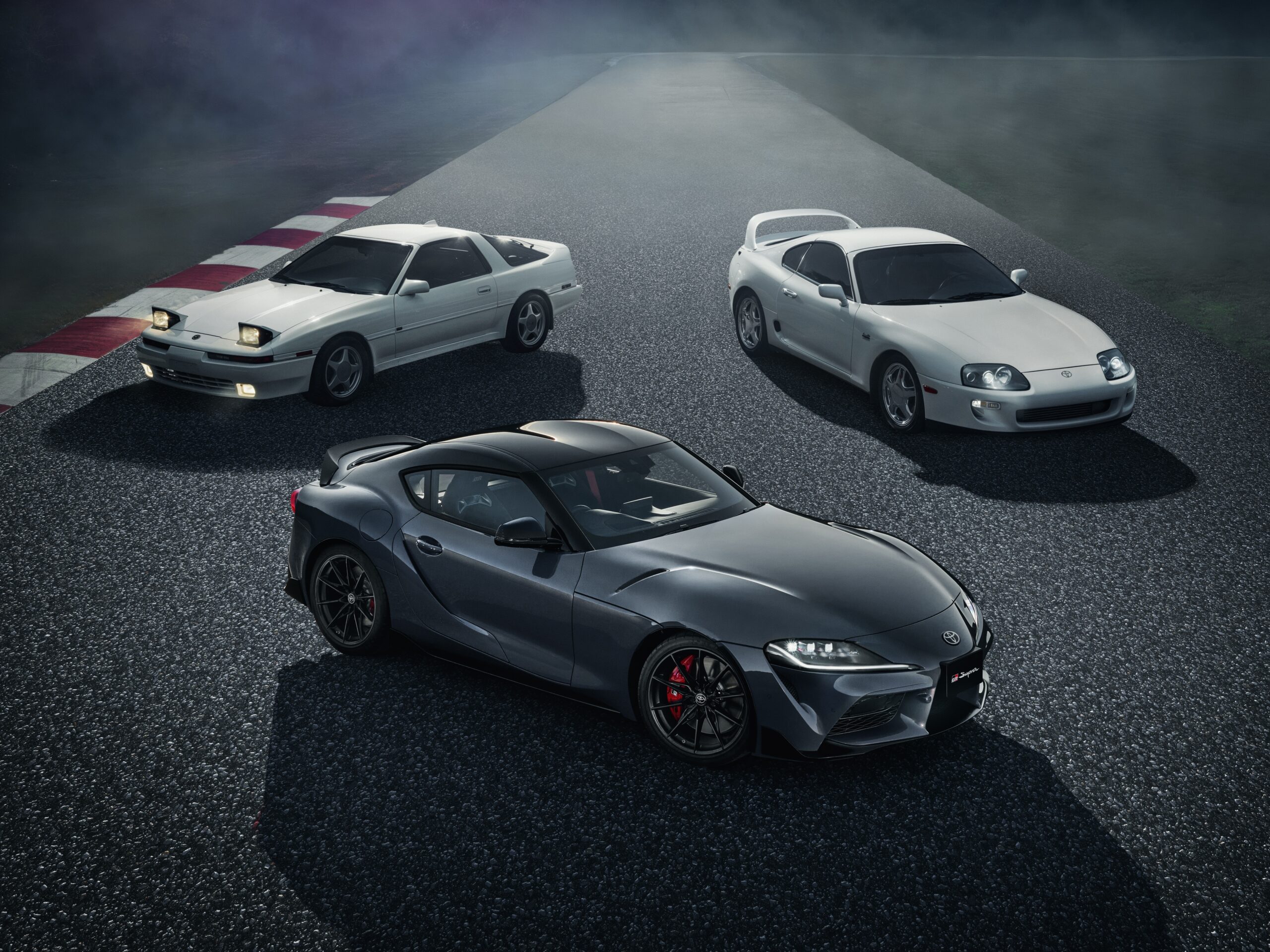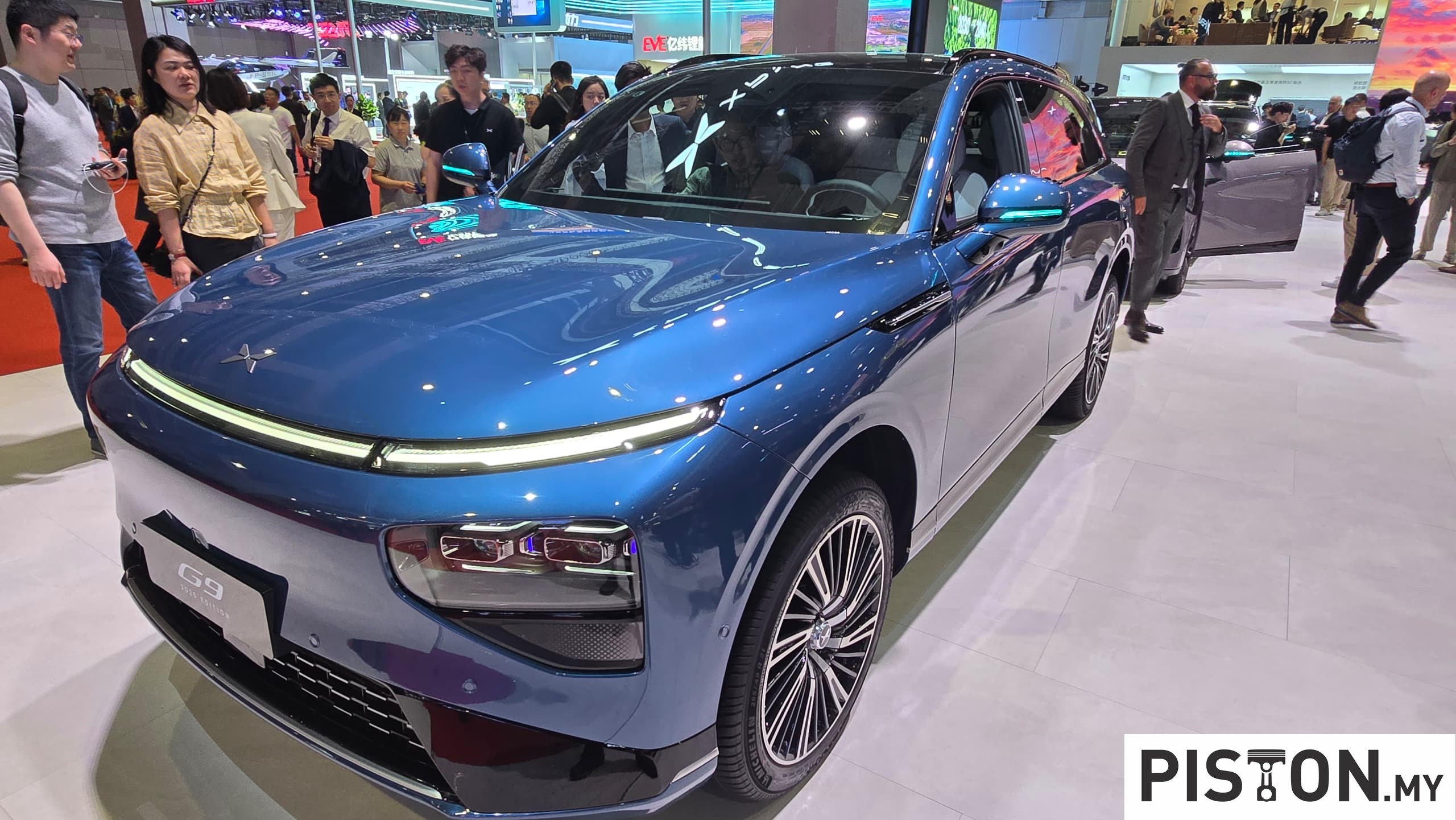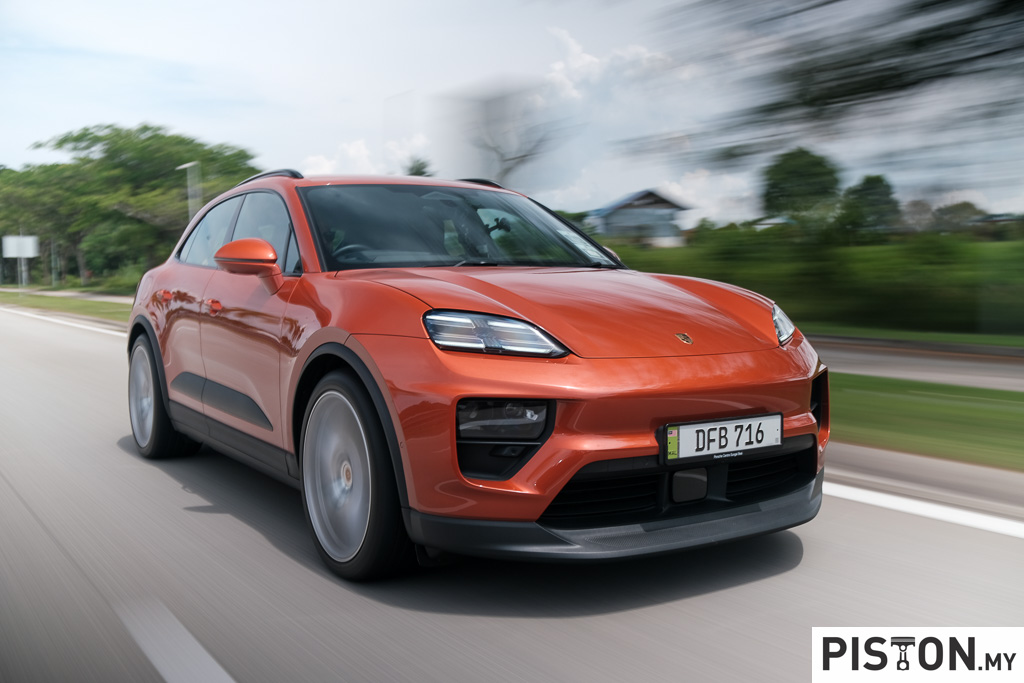2020 could be considered a watershed year for the big global motor shows. Though the declining interest from the auto industry was slowly showing during the past decade, the onset of the COVID-19 pandemic and suspension of public activities for many months led carmakers to rethink how they would spend money on promotional activities.
Launching new products online, less common before, was an approach adopted by many carmakers. They could reach bigger global audiences and at less cost than the traditional high-cost events at motorshows. The need to spend big money on a one-time extravaganza became less necessary, and this meant that organisers of the big motorshows needed to change.
While some continue with a generally traditional approach, the Japan Automobile Manufacturers Association (JAMA) which has been organising the Tokyo Motor Show for many decades has decided to have a broader scope for the event.
(more…)







